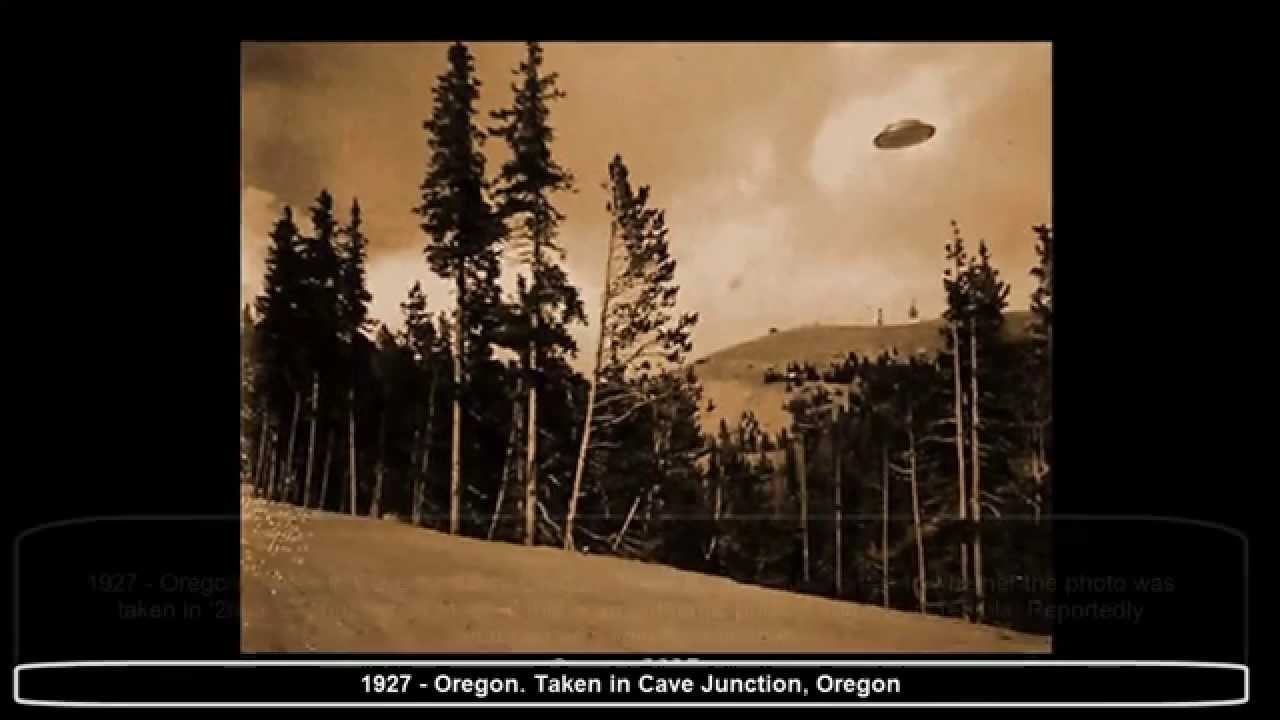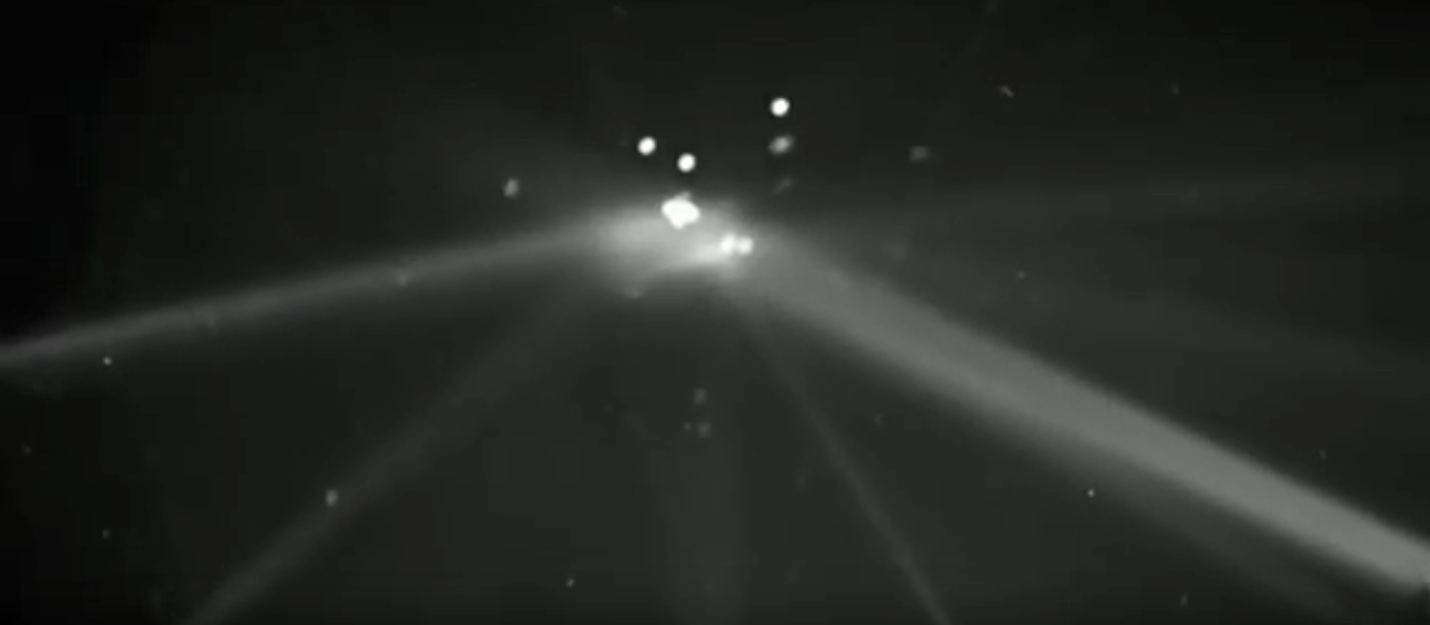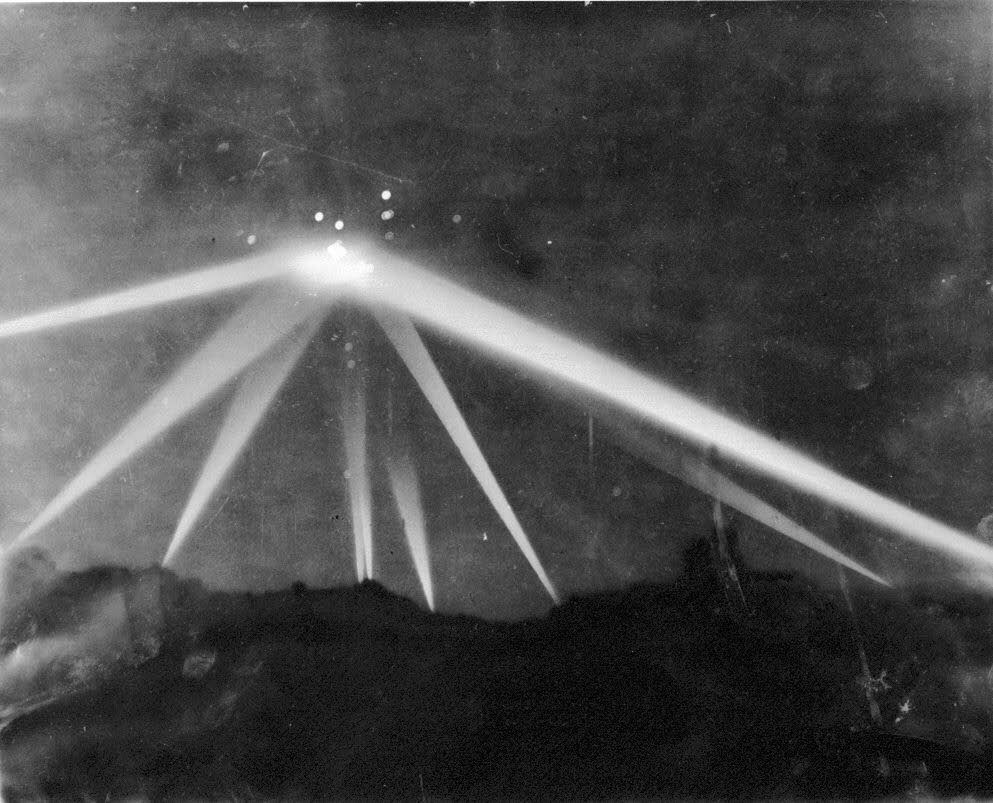It looks like you're using an Ad Blocker.
Please white-list or disable AboveTopSecret.com in your ad-blocking tool.
Thank you.
Some features of ATS will be disabled while you continue to use an ad-blocker.
share:
Here's some light entertainment to break up the monotony from quick-dying threads which, I'm sure, this one will follow. I've been familiar with
the photos for decades and I've never read any debunking on them. These photos were all taken with old cameras using emulsion film. You probably have
a few other favorites so go ahead and include them in your replies. The more, the merrier. Just photos, enjoy and don't get into flame wars over
them. All comments welcome.
Canberra B57

Trent - McMinville

Giraffe

Vancouver Island, BC

Family

Hula Dancers

Canberra B57

Trent - McMinville

Giraffe

Vancouver Island, BC

Family

Hula Dancers

a reply to: nOraKat
this is a great series of shots from the military.
But they probably are inflatable blimps launched for military training by a sub.
At least this is the official explaination regarding these shots... and I tink it could work )
I admit that when seeing them for the first time my first thought was "smoking gun" hehe
this is a great series of shots from the military.
But they probably are inflatable blimps launched for military training by a sub.
At least this is the official explaination regarding these shots... and I tink it could work )
I admit that when seeing them for the first time my first thought was "smoking gun" hehe
a reply to: The Shrike
Nice thread. This is by far my favorite vintage UFO pic. It was said to be taken, either in 1926 or 1927, by a volunteer fireman in Cave Junction, Oregon.

Nice thread. This is by far my favorite vintage UFO pic. It was said to be taken, either in 1926 or 1927, by a volunteer fireman in Cave Junction, Oregon.

The photos have changed enormously over the years, and that is telling us something about them.
Perceptive observers of the UFO scene over the last two thirds of a century have noted a tell-tale feature of the evolution of reports – their nature has been changing, keeping uncanny pace with the progress in human observation and detection technologies. As with dragons and sea serpents of half a millennium ago, they always seem to lurk just at or beyond the limits of clear human vision, with ‘Here be dragons’ on the maps obediently retreating in synchronization to the inexorable advance of human knowledge.
These new ‘UFO reports’, still fragmentary and inadequately documented, nicely fit this time-tested pattern – some anomaly is detected at the limits of sight [that by all means needs to be understood] but isn’t clear enough to unambiguously establish its non-explainability. If the reports truly represent an authentic autonomous phenomenon, they would have been invisible to human observers until recently, just as the UFOs of the 1940s and 1950s, if they really were caused by actual phenomena, would today be exhaustively documented by the vastly improved observation and imaging capabilities of humankind.
But. They. Aren’t. Instead, year by year, the ‘old UFOs’ fade away just before the advent of new technologies [that would have unambiguously documented them] come on line, to be replaced by a new flavor of ‘anomalies’ that precisely match the limits of vision of new technologies.
This is a powerful indication that the phenomenon derives its existence NOT from some stand-alone phenomenon, but directly FROM being at the limits of human detection and recognition and imaging. As an observer-based rather than reality-based phenomenon, its apparent existence derives from the range – and limits – of human perception. That perception and its limits are real, but the apparent stand-alone stimulus does not have to be, and never did. Such a postulated stimulus [ETI technology] could well exist and be responsible, but may not be mandatory.
Perceptive observers of the UFO scene over the last two thirds of a century have noted a tell-tale feature of the evolution of reports – their nature has been changing, keeping uncanny pace with the progress in human observation and detection technologies. As with dragons and sea serpents of half a millennium ago, they always seem to lurk just at or beyond the limits of clear human vision, with ‘Here be dragons’ on the maps obediently retreating in synchronization to the inexorable advance of human knowledge.
These new ‘UFO reports’, still fragmentary and inadequately documented, nicely fit this time-tested pattern – some anomaly is detected at the limits of sight [that by all means needs to be understood] but isn’t clear enough to unambiguously establish its non-explainability. If the reports truly represent an authentic autonomous phenomenon, they would have been invisible to human observers until recently, just as the UFOs of the 1940s and 1950s, if they really were caused by actual phenomena, would today be exhaustively documented by the vastly improved observation and imaging capabilities of humankind.
But. They. Aren’t. Instead, year by year, the ‘old UFOs’ fade away just before the advent of new technologies [that would have unambiguously documented them] come on line, to be replaced by a new flavor of ‘anomalies’ that precisely match the limits of vision of new technologies.
This is a powerful indication that the phenomenon derives its existence NOT from some stand-alone phenomenon, but directly FROM being at the limits of human detection and recognition and imaging. As an observer-based rather than reality-based phenomenon, its apparent existence derives from the range – and limits – of human perception. That perception and its limits are real, but the apparent stand-alone stimulus does not have to be, and never did. Such a postulated stimulus [ETI technology] could well exist and be responsible, but may not be mandatory.
originally posted by: nOraKat
When UFO's looked like UFOs
Well, they still do. In between the photos I chose were other shapes, primarily elongated craft. There are some great photos from the same periods of the above but you cold tell that hoaxing was beginning to take hold and so the photos could not be trusted. The ones I selected were taken innocently enough, or so they seem. Ir order for photos to be accepted you have to trust the photographer and the circumstances. Some photos that do not show UFOs but seem to be associated because of what's seen in the photo such as The Solway Firth Spaceman

Much has been made about this photo with some claiming a successful debunking while offering gibberish, others say that a camera cannot capture the invisible, some say it's the girl's mother. I don't know. I see a white figure that seems to have its back to the camera using the right arm resting on its waist as reference.
Now the variety of shapes don't always show UFOs but bizarre shapes but they're still unidentified flying objects. Such as this flying "humanoid" which has me baffled as well as similar images.
Give me the good ol' flying saucers!
originally posted by: nOraKat
Can't forget this one:
A lot of computer enhancements have been done to this photograph but they all show this, which all I did was brighten the hell out of it:

And it looks like whatever it was seems to be stationery 'cause there do not seem to be any reports of the object moving while they were shooting at it. And, even though this was shortly after Pearl Harbor, nobody thought that the Japanese would have such an advanced "craft" and why could not the first searchlight show what was really there? Many unanswered questions.
originally posted by: ElGoobero
taken by a highway inspector in Santa Anna CA in the 60s
The photo is one of a series. When I first found out about it, I could swear that I saw that photo or a similar second one showing a string supporting a model. The computer enhancement work was done by William Spaulding of the now defunct Ground Saucer Watch. This is an interesting case that has many strange turns but ends well with the photos declared real. The case would make an interesting thread, if it hasn't been covered. Here is the best report on it, if you're interested in a UFO classic detective story.
Reanalysis of the 1965 Heflin UFO Photos
citeseerx.ist.psu.edu...
edit on 6-8-2018 by The Shrike because: To add content
edit on 6-8-2018 by The Shrike because: To add content
originally posted by: shawmanfromny
a reply to: The Shrike
Nice thread. This is by far my favorite vintage UFO pic. It was said to be taken, either in 1926 or 1927, by a volunteer fireman in Cave Junction, Oregon.
I didn't include your photo 'cause it really looks suspect and doesn't have the visual cachet of the ones I selected. But, yes, it could be genuine. Thanks.
a reply to: The Shrike
There is enough evidence that these submarine photos came from the USS Trepang in 1971. The photos are from a military exercise and are of Naval weapons targets,
See : Could 'leaked UFO photos taken from US submarine in 1971' prove existence of aliens?
The case file is also available here : Blackvault.com
With supporting documents here : FOIA Documents
There is enough evidence that these submarine photos came from the USS Trepang in 1971. The photos are from a military exercise and are of Naval weapons targets,
See : Could 'leaked UFO photos taken from US submarine in 1971' prove existence of aliens?
The case file is also available here : Blackvault.com
With supporting documents here : FOIA Documents
edit on 6/8/2018 by mirageman because: ...
a reply to: The Shrike
The original negative of the LA Times photo actual looks like this

However the photo had to be enhanced for use on cheap newsprint of the day.
As we can see it is a lot less clearly defined and there may be something at the centre of the beams reflecting them. It’s not easy to tell. But the provenance of the photo is a bit of mystery.
More at : The Battle of Los Angeles 1942 : New Light on the Original Picture?
The original negative of the LA Times photo actual looks like this

However the photo had to be enhanced for use on cheap newsprint of the day.
As we can see it is a lot less clearly defined and there may be something at the centre of the beams reflecting them. It’s not easy to tell. But the provenance of the photo is a bit of mystery.
More at : The Battle of Los Angeles 1942 : New Light on the Original Picture?
originally posted by: JimOberg
The photos have changed enormously over the years, and that is telling us something about them.
The early photos showed similar flying saucer shapes but I don't remember ever seeing white orbs, it was always a structure. Evolutionary changes were still up in the air!
Perceptive observers of the UFO scene over the last two thirds of a century have noted a tell-tale feature of the evolution of reports – their nature has been changing, keeping uncanny pace with the progress in human observation and detection technologies. As with dragons and sea serpents of half a millennium ago, they always seem to lurk just at or beyond the limits of clear human vision, with ‘Here be dragons’ on the maps obediently retreating in synchronization to the inexorable advance of human knowledge.
I don't know if I would go that far. Because UAPs were/are always at an extremely altitude, the limits of human vision were challenged and so sightings lacked in detail. It was just something high up that didn't resemble recognizable human aircraft. Most photos, not being telephoto, didn't help much. And you could only blow up emulsion film so far that it was grainy instead of modern-day pixelation. But eventually, such photos as the ones I selected didn't show human craft.
These new ‘UFO reports’, still fragmentary and inadequately documented, nicely fit this time-tested pattern – some anomaly is detected at the limits of sight [that by all means needs to be understood] but isn’t clear enough to unambiguously establish its non-explainability. If the reports truly represent an authentic autonomous phenomenon, they would have been invisible to human observers until recently, just as the UFOs of the 1940s and 1950s, if they really were caused by actual phenomena, would today be exhaustively documented by the vastly improved observation and imaging capabilities of humankind.
UFO reports were fragmentary and inadequately documented because humans were dealing with a new visual anomaly that didn't fit known human aerial craft. So when reporting such, there wasn't much to tell. "I saw this thing, way up high, traveling extremely fast, didn't have wings that I could see, I don't know what I saw" was a typical sighting report. Not much to go on. But things were being seen. Not by many 'cause very few studied or scanned the skies as at present.
But. They. Aren’t. Instead, year by year, the ‘old UFOs’ fade away just before the advent of new technologies [that would have unambiguously documented them] come on line, to be replaced by a new flavor of ‘anomalies’ that precisely match the limits of vision of new technologies.
On the contrary, the new technologies: ultra-zoom cameras and camcorders some with infra-red features, cell phones with higher megapixel cameras (41X!) allowed us to bring the unknown within our eyesight. The eyes didn't get better, the sightings increased, the craft or whatever they are, were captured in greater detail. But for some reason, the amount of UFOs increased from a few here and there to almost complete planet coverage. And some areas seem to have become "hotspots" such as Mexico (not the hoaxes).
This is a powerful indication that the phenomenon derives its existence NOT from some stand-alone phenomenon, but directly FROM being at the limits of human detection and recognition and imaging. As an observer-based rather than reality-based phenomenon, its apparent existence derives from the range – and limits – of human perception. That perception and its limits are real, but the apparent stand-alone stimulus does not have to be, and never did. Such a postulated stimulus [ETI technology] could well exist and be responsible, but may not be mandatory.
You have to look at a lot more genuine photos and videos to see that the limits of human perception are no longer a factor. The 3 stationary "stars" in a vertical row that I saw and one by one hauled off from a stand-till to many thousands of miles per hour were clear and not a vision error. The "craft" that I saw thru binoculars gently bobbing up and down was just a couple of miles away and seeing it closeup actually made my arms tremble. And the one "hiding" behind a small, solitary almost transparent cloud. And, finally, the one I was able to videotape. Not at the limits of human perception, they were loud and clear. UFOs or UAPs are not a figment of the imagination. They were always there and we grew accustomed to them, looked out for them and paid more attention. There are still the far in the distance, tricking the eyes. But now they're closer and don't trick cameras, or whatever is aimed at them.
new topics
-
It's Offical Now
US Political Madness: 2 hours ago -
The reason it works is.....
General Chit Chat: 2 hours ago -
Dick Van Dyke saved from Wildfire by neighbours on his 99th birthday
People: 5 hours ago
top topics
-
It's Offical Now
US Political Madness: 2 hours ago, 7 flags -
Dick Van Dyke saved from Wildfire by neighbours on his 99th birthday
People: 5 hours ago, 3 flags -
The reason it works is.....
General Chit Chat: 2 hours ago, 3 flags
active topics
-
Christmas Dinner ??
Food and Cooking • 17 • : putnam6 -
It's Offical Now
US Political Madness • 6 • : Oldcarpy2 -
London Christmas Market BANS Word ‘Christmas’
Social Issues and Civil Unrest • 43 • : Freeborn -
The reason it works is.....
General Chit Chat • 1 • : Naftalin -
1 Billion dollars
General Entertainment • 12 • : Blueracer -
Trump says ownership of Greenland 'is an absolute necessity'
Other Current Events • 49 • : Xtrozero -
Can someone 'splain me like I'm 5. Blockchain?
Science & Technology • 97 • : Xtrozero -
NYPD arrests migrant who allegedly set woman on fire on subway train, watched her burn to death
Breaking Alternative News • 53 • : GENERAL EYES -
-@TH3WH17ERABB17- -Q- ---TIME TO SHOW THE WORLD--- -Part- --44--
Dissecting Disinformation • 3809 • : Crazierfox -
Dick Van Dyke saved from Wildfire by neighbours on his 99th birthday
People • 0 • : gortex





